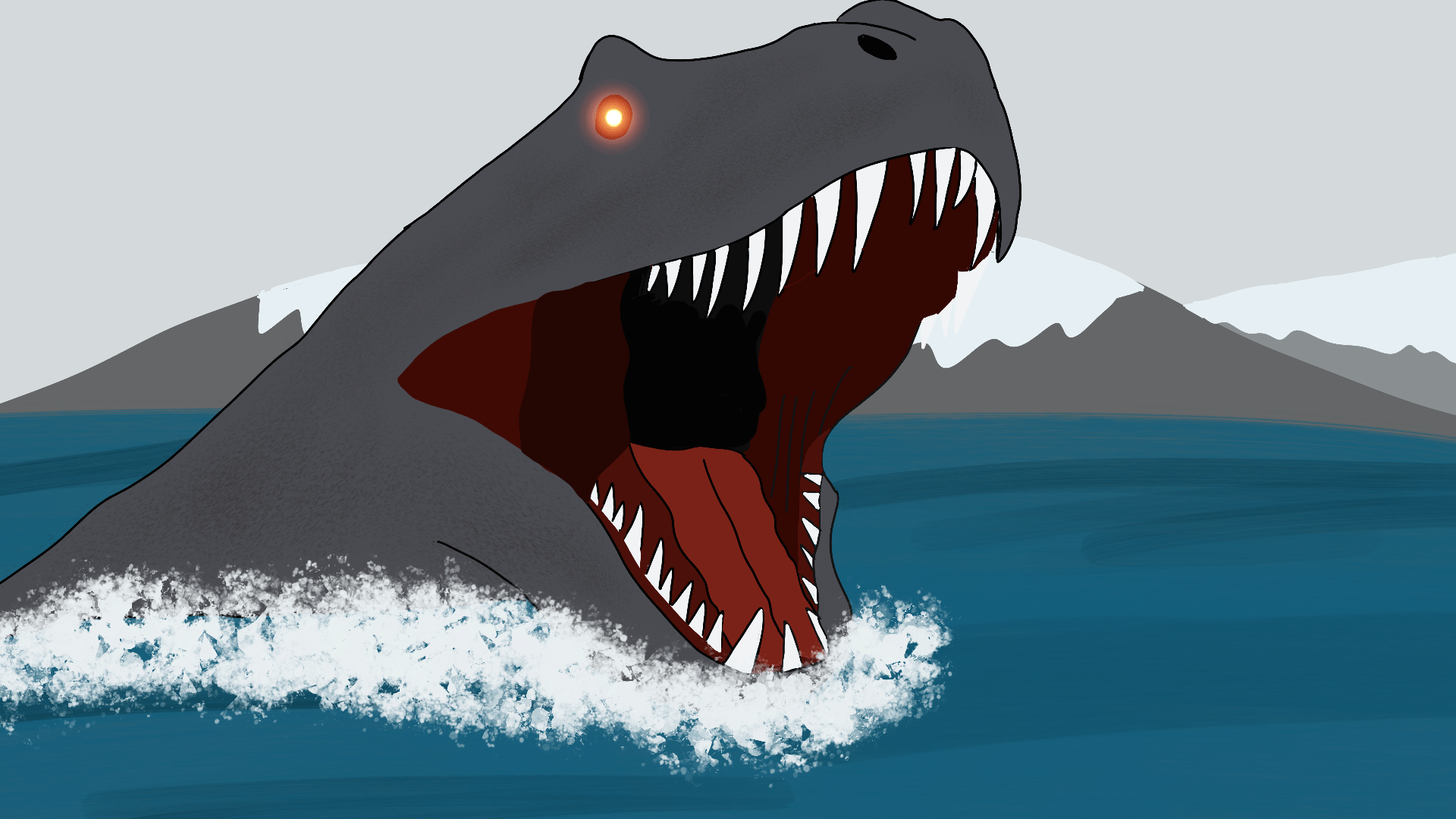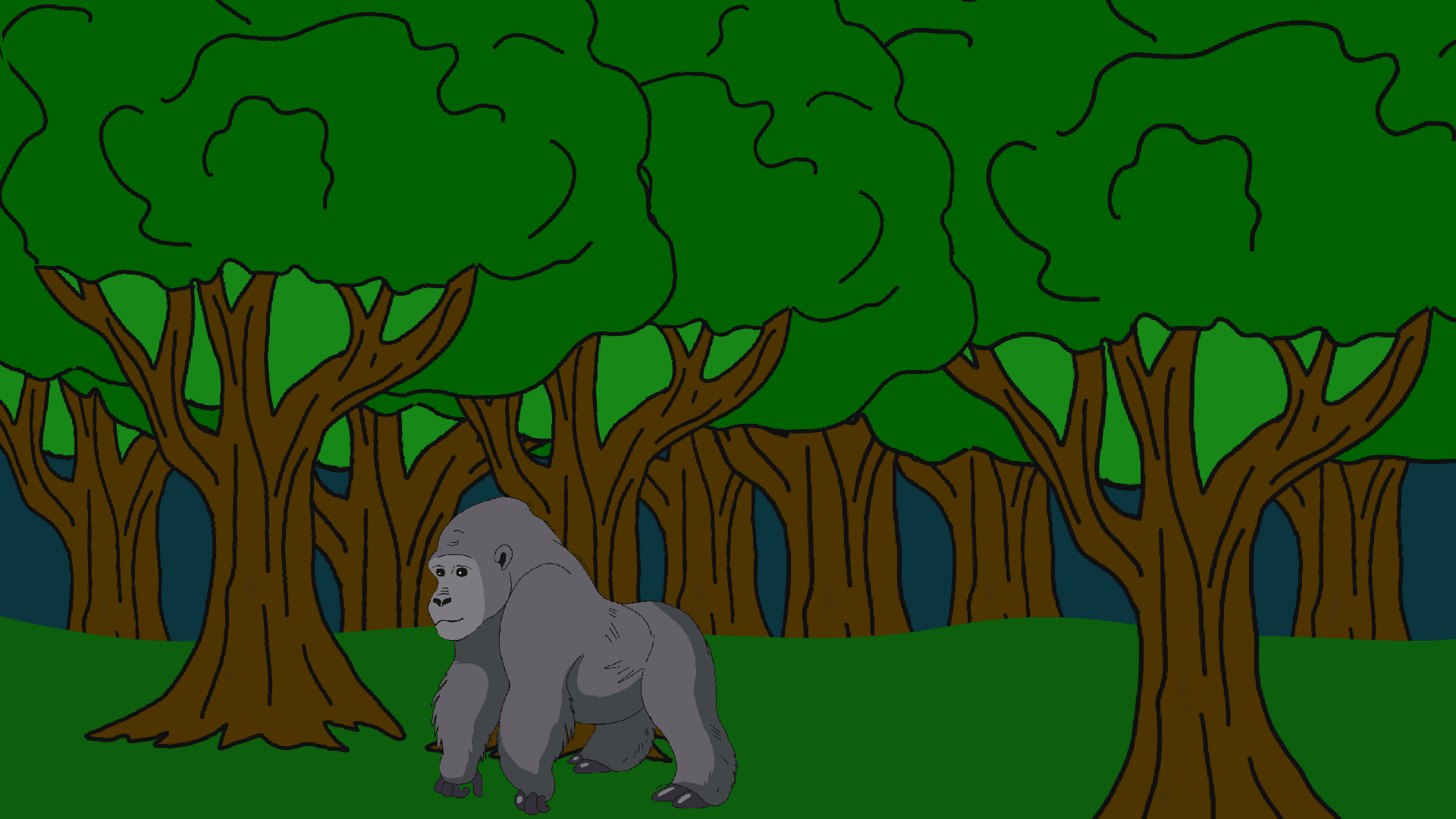
For Thousands of years across multiple continents stories have surfaced concerning monsters lurking in the depths of lakes and rivers, and even sometimes terrorizing fisherman and locals. Often, many of these stories are dismissed quickly as fiction despite multiple independent eyewitness reports and all too often video and photographic evidence.
In this post, we will examine a lesser-known lake monster, the cryptid known as Dobhar-Chu, or the Irish crocodile.
In 2000, Irish artist Sean Corcoran and his wife were bosting on a lake on Omey Island in Connemara, County Galway. What they saw on that day would shock them and most people wouldn’t believe it upon hearing it. According to Sean Corcoran, an unknown creature swam the width of the lake in what seemed like seconds to him. After reaching the shoreline, Corcoran said it finally leapt onto a huge boulder and gave “the most haunting screech” before finally. disappearing. Corcoran, who was familiar with the wildlife and the legend of Dobhar-Chu, was positive they spotted the Irish Crocodile. He described it as large, dark, and with orange flippers.
Throughout history, The Dobhar-Chu has been described as a combination of a dog, otter and fish. It is said that it is a blood-thirsty, gruesome creature that lives deep in the waters of a lake, river, or even the ocean and is known to be able to travel great distances in water or on land. Around 10-15 in length, this lake monster is known for its speed, aggression, and appetite for human flesh. Interestingly, there are usually two of these creatures, and when one is killed, its mate will swim up from depths of water and avenge the killing by pursuing its attacker, killing him and often eating him. This happens because, when Dobhar Chu is about to die, it gives off an eerie high-pitched whistle to warn its mate.
However, of all sightings of Dobhar Chu, it is the account in Glenade, County Leitrim of 1722 and the murder of Grace McGloighlin that is most famous.
Grace McGloighlin, lived in the townland of Creevelea which is close to the border of Leitrim and Sligo, and on the northwestern part of Glenade Lake. On September 22nd, 1722, Grace came down to the lake to bathe and wash some clothes. While she was doing this, a huge monster emerged from the lake and violently attacked her, ultimately killing Grace.
Later she was found by her husband Terence. As Terence saw her mangled body on side of the lake, to his horror he saw the huge beast which had killed his wife. The creature was lying asleep across her dead body. Heart-broken with grief and fury, Terence knew at once that it was a Dobhar Chu.
Terence immediately found his dagger and killed the monster. However, as is usual with this kind of creature, during its death it let out a high-pitched whistle which alerted its mate to what was happening. Immediately, A second Dobhar Chu emerged at once from the depths of the lake. Terrified, Terence took to his heels and jumped on his horse and began riding for his life, as the creature pursued him.
Terence rode for several miles, with the Dobhar Chu chasing behind him.
After being chased, Terence had to stop to have his horse’s foot re-shod. Luckily, he couldn’t have picked a better stopping point. The blacksmith at Cashelgarron, knew the ways of this creature. He gave Terence a sword and told him: “When the creature charges, he’ll put his head right through the horse. As soon as he does this, you be quick and cut his head off.”
Terence, still on his horse stood his ground near the forge. The huge beast came at full charge then it put its head right through the horse, as predicted by the blacksmith. Determined to avenge his wife’s murder Terence put his sword through the Dobhar Chu’s head, killing it instantly.
What’s fascinating about this story is there is evidence to back it up, perhaps. The grave of Grace actually exists. Furthermore, carved on her tombstone is a detailed depiction of her killer, the Dobhar Chu. It is located in Conwall cemetery in the townland of Drummans. Drummans is near the village of Kinlough and a part of the approach to Valley of Glenade. The tomb itself is so old that most of the written details are illegible. However, Grace’s name and that of her husband can be made out. The carved image of Dobhar Chu is much clearer. The creature is depicted lying down with its head and neck flung backward so that it lies flat along its back in its death throes. A spear-like weapon is shown piercing the base of the creature’s neck, reemerging below its body, and gripped by a human fist at its upper end.
Also, and less known, both the Dobhar Chu and McGloighlin’s horse are buried in Co. Sligo, not far from Cashelgarron stone fort where they were both killed.
Reports of sightings of Dobhar Chu date back as far as 1684. Roderic Flaherty described it in his book “A chorographical description of West Connacht”. In this book, Flaherty described the creature as coming out of the deep water and pulling an innocent man toward the bottom.
Another account was recorded by Miss Walkington, in the 1896 edition of The Journal of Royal Society of Antiquaries of Ireland. Miss Walkington described it as being “half-wolfdog and half-fish”.
The creature is believed to live in many lakes around Ireland, most especially Achill Island, in County Mayo. This is where the largest number of modern sightings in Ireland have been.
Although many believe the creature is nothing more than folklore, some point out that it could exist.
One theory is that this creature travels extensively. This could explain the difficulty finding it as some researchers have searched for it.
One other theory is that it resides mostly underwater, and it stays in murky waters and remote areas.
Despite efforts to find evidence of the creature, nothing has been found as of this date.





3 thoughts on “Dobhar-Chu, The Irish Crocodile”